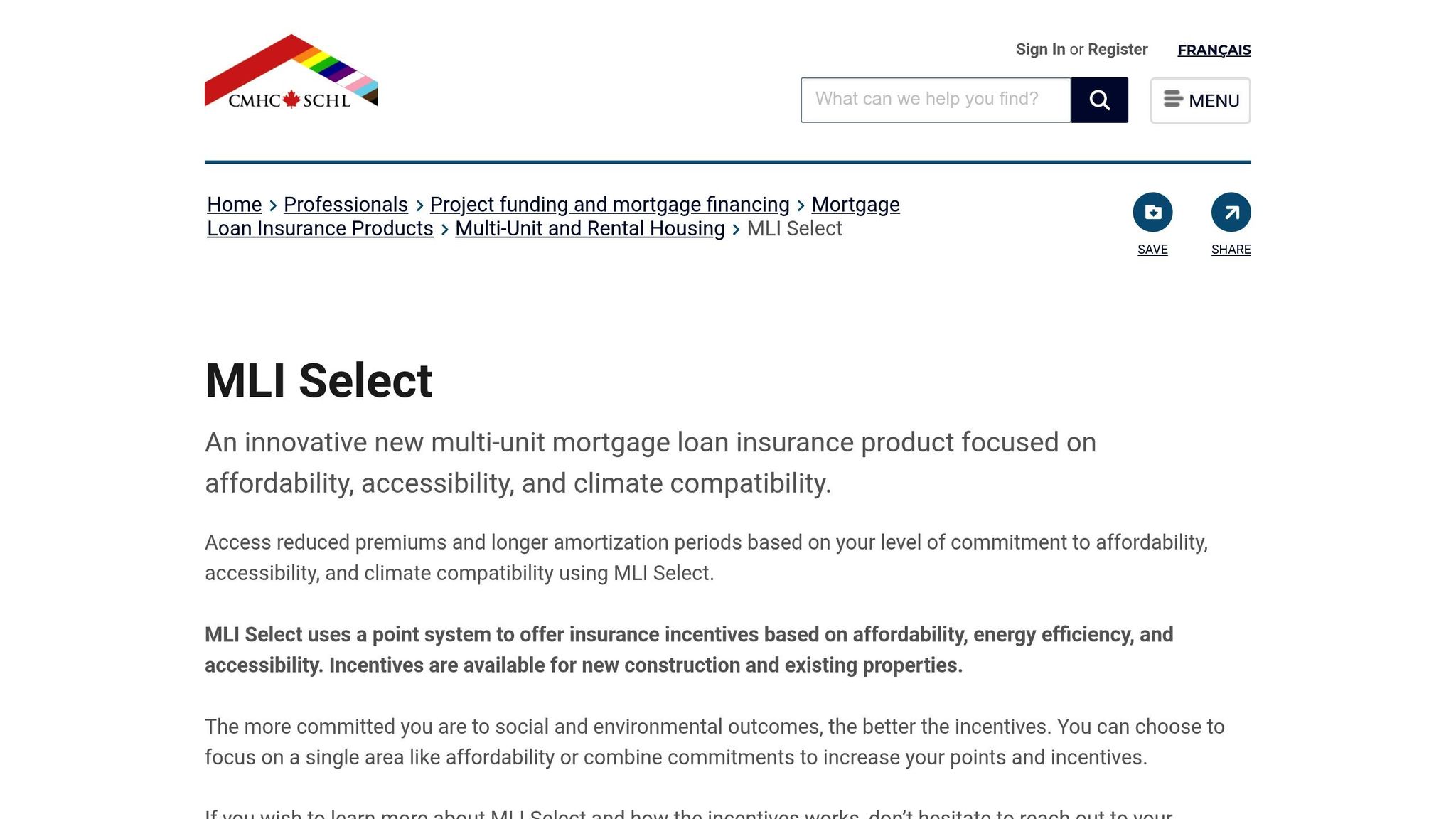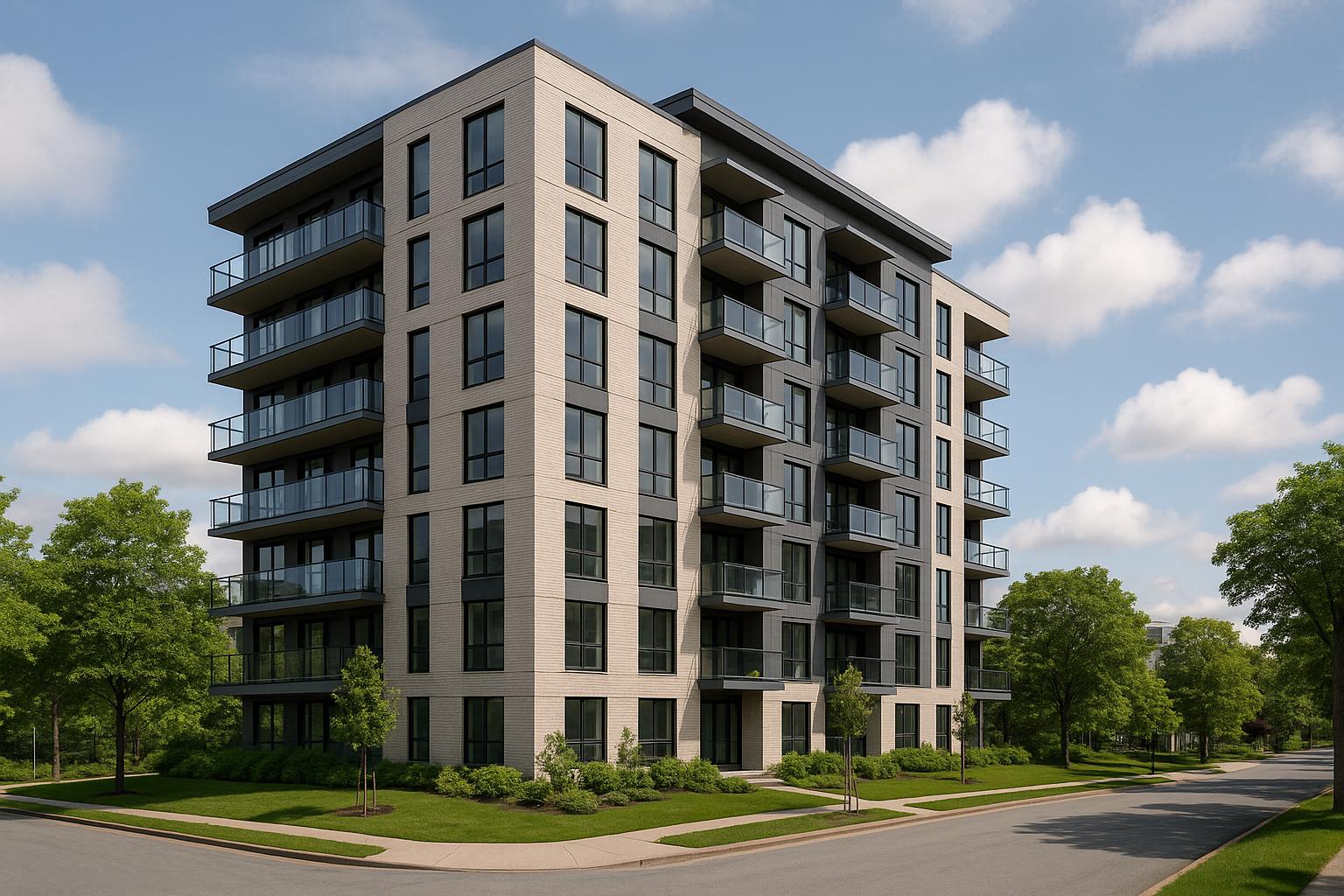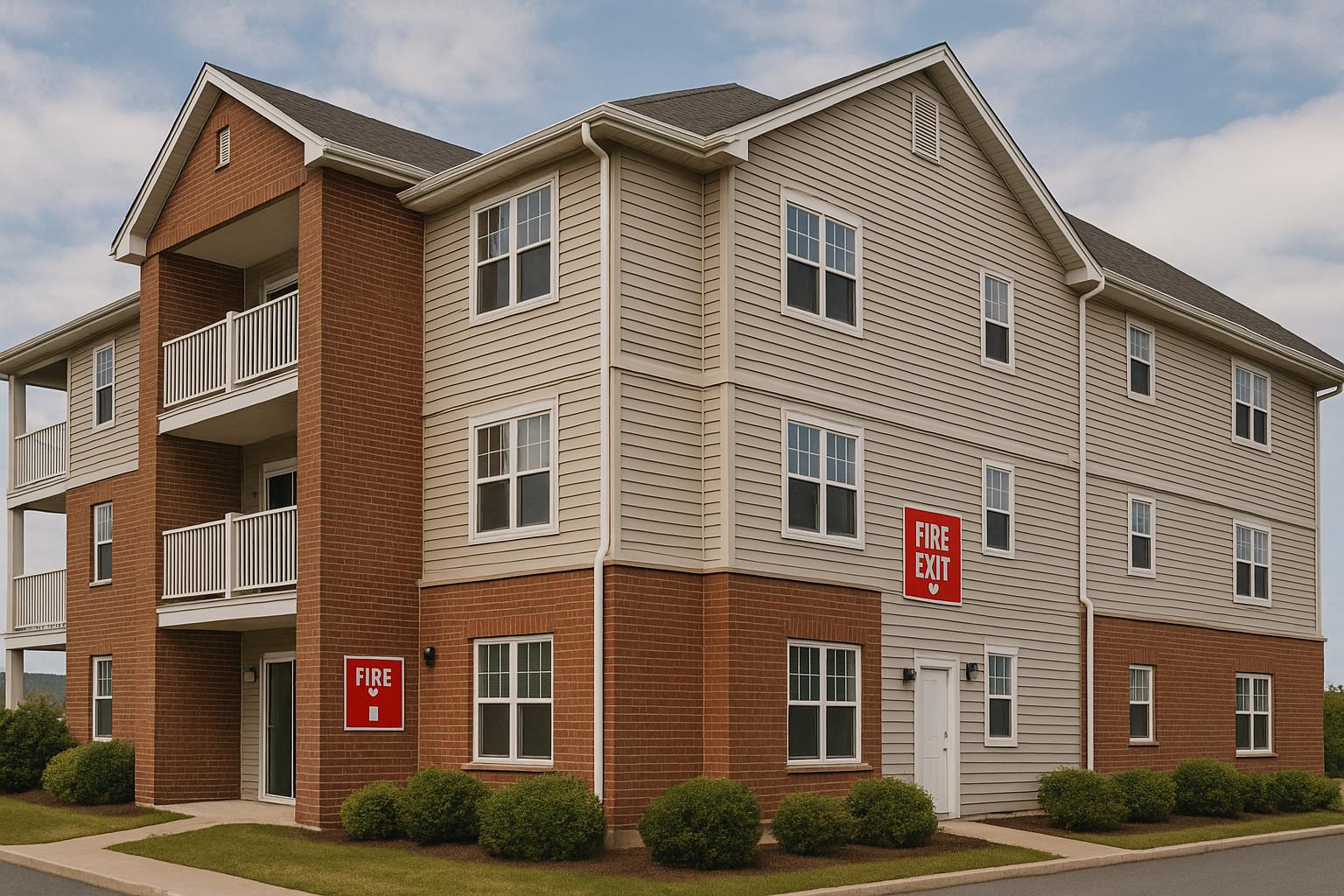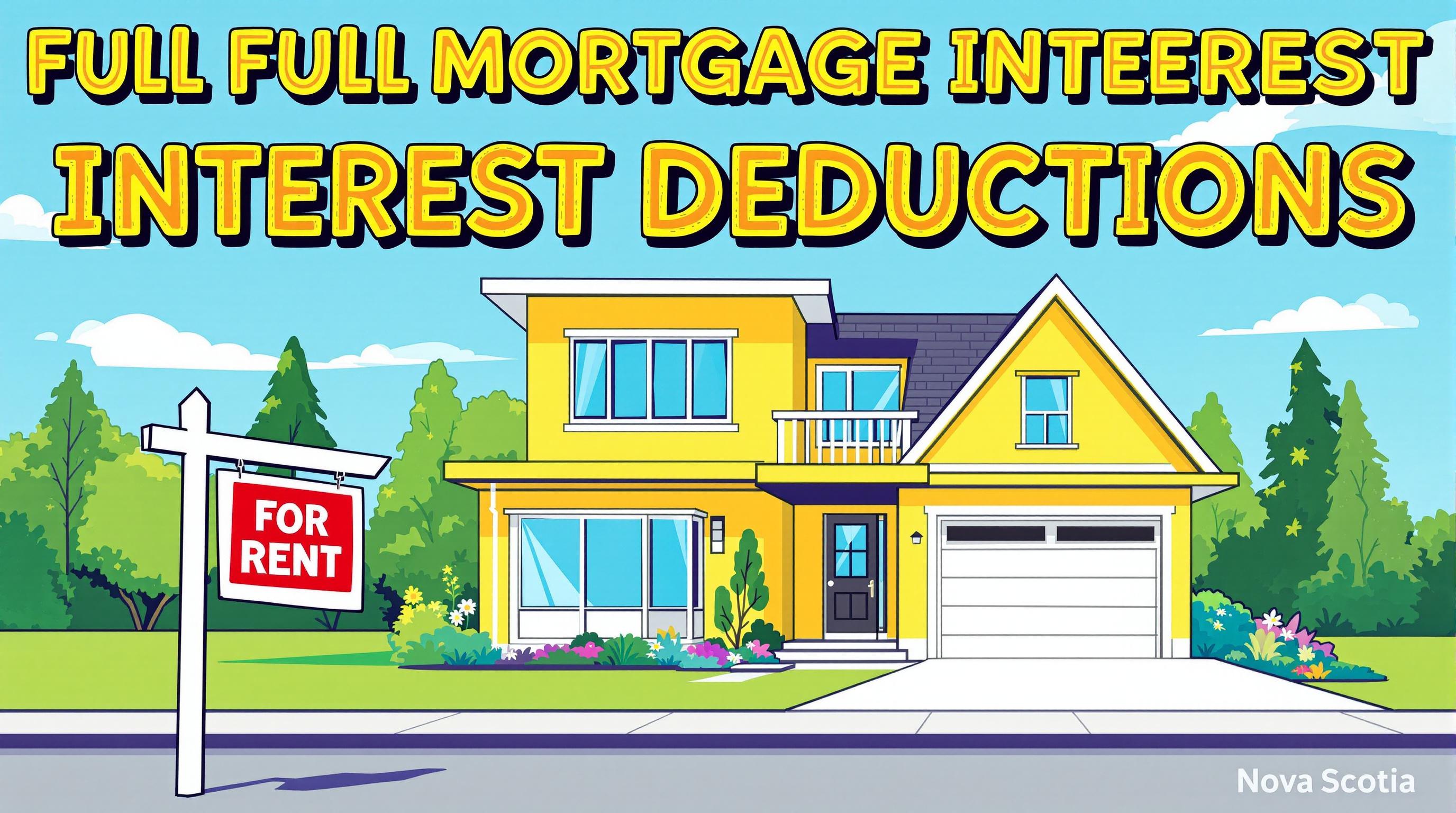When deciding between townhouses and small apartment buildings in Bedford, the choice comes down to balancing costs, zoning rules, tenant preferences, and rental income potential. Here’s a quick breakdown:
- Townhouses: Appeal to families and professionals seeking privacy and outdoor spaces. Higher construction costs ($180,000–$220,000 per unit), lower density, and longer-term tenants.
- Small Apartment Buildings: Attract younger renters, students, and downsizers. Lower per-unit construction costs ($160,000–$190,000), higher density, but higher tenant turnover.
Key Factors to Consider:
- Zoning: Townhouses require R-2 zoning; apartments need R-3 or higher.
- Lot Size: Townhouses need more land per unit; apartments fit more units on smaller lots.
- Parking: Townhouses need 1.5 spaces/unit; apartments need 1.25 spaces/unit.
- Construction: Apartments benefit from shared infrastructure, reducing costs.
- Tenant Stability: Townhouses attract long-term renters; apartments see more turnover.
Quick Comparison:
| Factor | Townhouses | Small Apartment Buildings |
|---|---|---|
| Cost per Unit | $180,000–$220,000 | $160,000–$190,000 |
| Zoning | R-2 | R-3 or higher |
| Lot Size (4 units) | 740 m² | 400 m² |
| Height Limit | 3 storeys/11 m | 4 storeys/14 m |
| Tenant Type | Families, professionals | Young renters, seniors |
| Rental Income | Higher per unit | More units, higher total |
Your decision should align with your budget, target tenants, and the street’s character. Both options can yield strong returns if planned and executed carefully.
What Is The Difference Between Townhouse And Apartment? - CountyOffice.org

Zoning and Land Use Requirements
Bedford's zoning rules lay out clear guidelines for townhouses and small apartment buildings, each with specific criteria that can influence your construction costs and timelines. Knowing these details can help you choose the best option for your budget and lot size. Here's a breakdown of the zoning, setback, and utility requirements for each type of development.
Townhouse Development Requirements
Townhouses fall under Medium Density Residential (R-2) zoning, which permits attached single-family units. The minimum lot size is 185 m² per unit, so a four-unit townhouse project would require at least 740 m² of land. Height is capped at three storeys or 11 metres.
For parking, you'll need 1.5 spaces per unit, totalling six spaces for a four-unit project. These spaces can be provided through driveways, garages, or surface parking. Additionally, each unit must include private outdoor space - a minimum of 25 m² per unit in the form of patios, balconies, or small yards.
Small Apartment Building Specifications
Small apartment buildings require Multiple Unit Residential (R-3) zoning or higher. These zones allow for up to 75 units per hectare. For a small apartment building with four to eight units, the minimum lot size is 400 m², though larger lots offer more flexibility for design and layout.
Height restrictions are slightly more lenient than for townhouses, allowing for four storeys or 14 metres. Parking requirements are set at 1.25 spaces per unit, which can slightly reduce the total number of parking spaces needed compared to townhouses.
Setback and Coverage Rules
Both townhouses and small apartment buildings must follow Bedford's setback rules, which include:
- Front yard setbacks: Minimum of 6 metres from the street
- Side yard setbacks: Minimum of 3 metres
- Rear yard setbacks: Minimum of 7.5 metres
These setbacks can significantly impact the usable area on smaller lots. Regarding lot coverage, townhouses can occupy up to 40% of the total lot area, while small apartment buildings are limited to 35%. However, the extra height allowance for apartments helps offset this limitation.
Approval Timelines and Process
The approval process varies depending on the type of development:
- Townhouses: Typically take 4-6 months for municipal approval if they meet existing zoning requirements. The process includes site plan approval, building permits, and utility connections.
- Small apartment buildings: Usually take longer, around 6-9 months, especially if rezoning or a development agreement modification is needed. These projects often face closer scrutiny regarding parking, landscaping, and how well they fit into the neighbourhood.
Special Considerations for Bedford Streets
In Bedford's established neighbourhoods, compatibility guidelines play a significant role in approval decisions. For streets dominated by single-family homes, townhouse developments might need to incorporate design elements that align with the surrounding architecture. Similarly, small apartment buildings often require enhanced landscaping and facade treatments to blend into the existing streetscape.
Utility and Infrastructure Requirements
Both townhouses and small apartment buildings must connect to Bedford's municipal water and sewer systems, but the costs differ:
- Townhouses: Pay connection fees of approximately $3,200 per unit.
- Small apartment buildings: May qualify for bulk connection rates, reducing the cost to around $2,800 per unit for developments with six or more units.
These utility costs are an important consideration when planning your budget for either type of development.
Rental Demand and Tenant Types
Bedford's rental market shows distinct preferences between townhouse and small apartment renters, with each housing type attracting specific demographics and expectations. Knowing these differences can help property owners choose developments that align with their investment goals.
Townhouse Rental Market
Townhouses are popular with families and young professionals who value space, privacy, and outdoor areas. Families often prefer locations near schools, parks, and other community amenities, typically committing to longer leases in stable neighbourhoods. Young professionals, especially those working remotely, look for features like home office space and quieter surroundings. Some may also share larger units to manage living costs more effectively.
Small Apartment Building Demand
Small apartments tend to attract a more diverse tenant base, including young professionals, empty nesters, and students. These units are favoured for their affordability, convenience, and flexible layouts. While tenant turnover is generally higher due to the transient nature of some renters, this offers landlords opportunities for periodic rent adjustments. Empty nesters often seek low-maintenance living with amenities like elevators, accessible common areas, and ground-floor units for convenience.
Seasonal Rental Patterns
Rental demand typically peaks in the spring and summer months but slows down in the winter. Townhouses, with their appeal to long-term family renters, tend to maintain more stable occupancy rates year-round. In contrast, small apartments experience more pronounced seasonal shifts, influenced by the transient nature of their tenant base. These patterns can impact leasing strategies and rental income, tying seasonal demand to overall returns on investment.
Tenant Preferences and Unit Features
Modern renters expect high-speed internet, energy-efficient appliances, and updated kitchens. Townhouse tenants often prioritize additional storage and outdoor spaces, while apartment renters value in-suite laundry and dependable air conditioning. Parking is another key factor, with many renters willing to pay extra for guaranteed spaces.
Market Demand Indicators
Townhouses generally have lower vacancy rates and quicker application turnovers compared to small apartments. This reflects strong demand and limited supply, particularly among family renters, which can lead to faster leasing and more selective tenant screening.
Income Requirements and Tenant Stability
Townhouse renters typically have higher incomes and a track record of consistent rent payments. On the other hand, small apartment renters often come from a broader range of income levels, requiring more thorough income verification. While this diversity expands the tenant pool, it may also necessitate stricter security deposit policies. These income dynamics influence tenant stability and overall property performance.
Pet Policies and Tenant Preferences
Pet-friendly policies can increase a property's appeal. Townhouse tenants often have larger pets and appreciate private outdoor spaces, while apartment renters, who typically have smaller pets, benefit from nearby walking areas. Landlords might introduce pet deposits or monthly fees, which not only accommodate pet owners but also help properties lease up faster and attract a broader tenant base.
sbb-itb-16b8a48
Construction Costs, Timelines, and Returns
When deciding between building townhouses or small apartment buildings, understanding the financial details is crucial. Construction costs, timelines, and expected returns all play a role in shaping your investment strategy. These considerations build on earlier discussions about zoning and tenant dynamics, offering a clearer picture of which option aligns with your goals.
Townhouse Construction Costs
Building townhouses comes with higher per-unit costs due to the larger footprint and the need for separate utility connections. Typically, these costs range from $180,000 to $220,000 per unit. However, using an integrated design-build approach can simplify coordination and help reduce unnecessary expenses.
Small Apartment Building Costs
Small apartment buildings, on the other hand, benefit from shared infrastructure. Features like centralized mechanical systems and unified utility setups spread fixed costs - such as site preparation - across multiple units. As a result, construction costs for apartments generally fall between $160,000 and $190,000 per unit. An integrated model can often secure costs at the lower end of this range, offering better control over budgeting and financing.
Timeline Considerations
Traditional construction methods typically take 12 to 18 months, often due to the challenges of coordinating multiple contractors. These delays can increase carrying costs and postpone rental income. By contrast, an integrated design-build approach can cut timelines down to just 6 months, reducing coordination headaches. Additionally, financial safeguards, such as penalties of up to $1,000 per day for delays, ensure projects stay on track.
Fixed-Price Construction Benefits
Cost-plus contracts often lead to budget overruns of 30–60% due to unexpected change orders. Opting for a fixed-price construction model eliminates this uncertainty, allowing for more accurate financial planning and cash flow projections.
Return on Investment
Steady rental income is a cornerstone of strong investment returns. Integrated construction methods focus on efficiency and quality, which support stable monthly rents of approximately $1,950 to $2,100 per unit. Combined with annual returns in the range of 12% to 20%, this approach creates a reliable financial outlook while reducing unexpected costs.
CMHC MLI Select Financing Advantage

For projects emphasizing energy efficiency, CMHC MLI Select financing offers a significant advantage. While energy-efficient construction may increase per-unit costs to about $200,000, this program provides financing of up to 95% with only a 5% down payment. With a 50-year amortization option, monthly payments are significantly reduced, often resulting in positive cash flow from the start.
Construction Quality and Warranties
High-quality construction is a long-term investment. It reduces maintenance costs and enhances tenant satisfaction. Integrated approaches include rigorous quality checks and a 2-year construction warranty, adding an extra layer of protection for your investment.
Rental-Ready Package
A Rental-Ready Package, costing about $15,000 per unit, ensures that units are immediately ready for tenants. This package includes Energy Star appliances and smart home technology, making the property appealing to premium renters. It also eliminates delays between project completion and the start of rent collection, accelerating revenue generation.
Geographic Construction Advantages
Projects located within a 90-minute radius of Halifax benefit from easy access to skilled trades and efficient material deliveries. Local expertise in Nova Scotia’s building codes and municipal requirements minimizes delays and rework, helping projects stay on schedule and within budget.
Daily Transparency
Clear communication is vital to avoiding costly delays. With daily photo updates and real-time access to a project portal, property owners can monitor progress closely. This transparency ensures that potential issues are quickly identified and resolved, keeping the project on track and safeguarding rental income projections. This level of oversight ties together the benefits of an integrated approach, reinforcing its value for investors.
Pros and Cons
When deciding between townhouses and small apartment buildings for a development project, it's essential to weigh their respective advantages and challenges. A balanced evaluation of these factors can guide you toward the best strategy for your goals.
Townhouse Advantages
Townhouses are particularly appealing to families and long-term renters, as highlighted in earlier discussions on zoning and costs. They provide the feel of a single-family home, thanks to features like private entrances and outdoor spaces. This can justify higher rental rates and often aligns with the character of existing neighbourhoods, which may make zoning approvals smoother.
Townhouse Disadvantages
On the downside, townhouses come with higher construction costs due to individual utility connections and larger footprints. The design inherently limits the number of units per lot, which can cap rental income. Additionally, managing separate systems for each unit can lead to increased long-term maintenance challenges.
Small Apartment Building Advantages
Small apartment buildings leverage shared infrastructure, which helps keep construction costs in check - a point supported by earlier market and cost analyses. Using an integrated design-build approach can streamline the process by coordinating planners, architects, and construction teams under a single contract. This not only minimizes coordination issues but also allows for fixed-price agreements, reducing budget uncertainties. Furthermore, small apartment buildings can fit more units on a single lot, boosting income potential.
Small Apartment Building Disadvantages
However, these buildings often face higher tenant turnover, as apartments are sometimes seen as temporary housing. Zoning approvals can also be more complex in certain residential areas, and construction must address challenges like soundproofing between units.
| Factor | Townhouses | Small Apartment Buildings |
|---|---|---|
| Cost per Unit | Higher due to separate utility setups | $160,000–$190,000 per unit |
| Zoning Flexibility | Typically easier approval | May face stricter requirements |
| Rental Income Potential | Fewer units but command premium rents | More units, increasing overall income |
| Construction Complexity | Multiple individual systems per unit | Shared infrastructure systems |
| Tenant Appeal | Attracts families and long-term renters | Appeals to young professionals, students |
| Maintenance Costs | Higher due to separate systems | Lower with centralized systems |
| Timeline with Integrated Approach | 6 months | 6 months |
Financing Landscape
For energy-efficient projects, financing options like CMHC MLI Select offer up to 95% financing with just a 5% down payment. However, these projects often come with higher per-unit costs, which can impact the overall financial equation.
Construction Methodology
Traditional, fragmented construction methods are prone to budget overruns of 30% to 60% and can delay project timelines by as much as 18 months. An integrated design-build process mitigates these risks by offering fixed-price contracts, with penalties of up to $1,000 per day for delays, ensuring tighter control over costs and schedules.
Market Positioning
Townhouses typically compete with single-family rental homes, while small apartment buildings attract renters looking for maintenance-free living. In Bedford's rental market, both options can deliver strong annual returns ranging from 12% to 20%.
By carefully considering these trade-offs, you can make an informed decision tailored to your project's objectives and the local market conditions.
Conclusion
Choosing between townhouses and small apartment buildings in Bedford boils down to aligning your investment goals with the local market. While both options can generate solid annual returns, they cater to different tenant needs and demand distinct management strategies.
Townhouses often attract families and long-term tenants who prioritize privacy and outdoor space. These properties can command higher rents but come with greater per-unit costs and lower density. On the other hand, small apartment buildings maximize income potential with higher unit density and shared amenities, making them ideal for young professionals and students, though they may experience higher tenant turnover.
Equally important is the construction approach. Traditional, fragmented methods often lead to budget overruns and delays. Opting for an integrated design-build strategy, where one team manages the project under a fixed-price contract, ensures streamlined coordination, guaranteed timelines, and penalties for delays - offering a more predictable outcome.
For Bedford property owners aiming for reliable costs and efficient delivery, selecting builders who provide fixed-price contracts with delay penalties is key. Factor in your street's character, the preferences of your target tenants, and your long-term goals. By aligning your construction method with your investment strategy, you can reduce risks and achieve stable returns in Bedford's competitive rental market.
FAQs
What are the key zoning differences between building townhouses and small apartment buildings in Bedford?
In Bedford, the zoning rules for townhouses and small apartment buildings differ mainly in where they’re allowed, their design standards, and how they’re approved. Townhouses are usually permitted in areas designated for higher-density residential use and must follow specific architectural and design guidelines. On the other hand, small apartment buildings - typically housing three or more units - often need special permits and face stricter regulations, such as limits on height, open space, and density.
When it comes to the approval process, both types of developments must fit in with the character of the surrounding neighbourhood. Townhouses often have an easier path through zoning permissions, while small apartment buildings are generally subject to more detailed reviews to ensure they meet local planning and design criteria. These rules aim to strike a balance between increasing density, maintaining aesthetics, and managing land use in Bedford's residential zones.
How does tenant turnover impact rental income for townhouses compared to small apartment buildings?
Tenant turnover can have a noticeable impact on rental income. Vacancies, along with the costs of cleaning, repairs, and re-leasing, can quickly add up. Compared to small apartment buildings, townhouses generally see fewer tenant turnovers, giving property owners a more stable and predictable income stream.
Tenants in townhouses often lean towards longer-term leases, while those in apartments tend to relocate more frequently. This preference for stability makes townhouses an appealing choice for investors aiming for consistent cash flow. On the other hand, small apartment buildings might demand more hands-on tenant management to keep profitability intact.
What are the benefits of choosing an integrated design-build approach for small multi-unit developments?
An integrated design-build approach streamlines the construction process by merging design and construction into a single contract. This setup creates shorter timelines, reduced costs, and improved teamwork among everyone involved. With one central point of accountability, it lowers risks and ensures a smoother, more predictable workflow.
Compared to traditional methods, which often involve multiple contracts and divided responsibilities, this approach prioritizes efficiency and consistency. Property owners also gain from enhanced project quality and noticeable cost savings, as the design-build method helps avoid unexpected delays and budget surprises.



